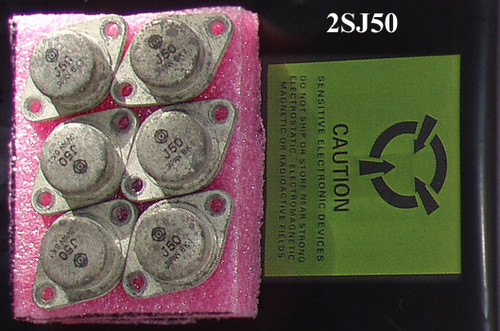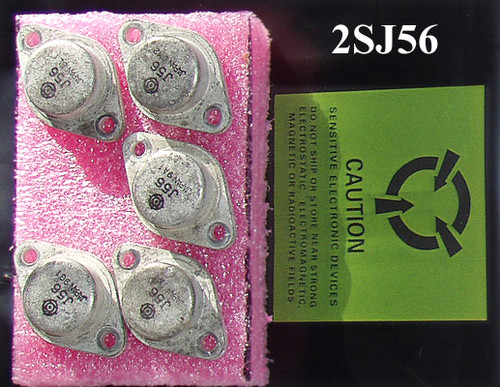Presently I am slowly but surely working through a LOT of electronic components and equipment which I were either part of our production facilities or a personal interest for which I no longer have the time or inclination - I have retired (doesn't feel like it though!) and other interests now dominate my time.
This is some of my "personal interest" equipment, like so many other things, it was looked at and then put aside just in case I might find a use for it!
These products were designed and made by ATA (Automatic Technology Australia) and from memory, date from the late 1990's
While I would not expect anyone to use this equipment in a professional capacity (yes, it is working but the technology used is a bit dated now AND I suspect that the frequency used by this equipment is no longer permitted for use (ACMA) by remote control devices), I am pretty sure that someone will come up with a brilliant customised use for this system.
Then again, I know there are techno buffs "out there" that just like to have a bit of OLD Australian technology for their "museum" - this would have to be one of ATA's first products (they have been around for at least 25 years and still going strong ...)
So what is this system?
Three separate modules are included:
RECEIVER: 4 channel outputs, each driving a power relay. Each relay has a SPDT set of contacts available on the screw connector so these relays can control other devices.
TRANSMITTER(s): I have and am supplying two of these transmitters, they look identical but one does perform differently to the other - see my testing description below.
It would appear this is a 2 channel system, further information about this is also below
Communication between the transmitters and the receiver is via radio frequencies
Digital codes are created by the transmitters and decoded by the receiver, these codes can be "user changed"
So on with the full description ....
ATA (AUTOMATIC TECHNOLOGY AUSTRALIA) - Remote Control System
Type: CR-4 Receiver & T-2 Handheld Transmitters
Function: "Short" distance remote control of four relays
Communication method: RF (26Mhz)
Power input can be either 12V DC OR AC
Power sources required:
MAIN RECEIVER: Supplied (12V DC @ 1A adapter)
TRANSMITTERS: 9V Alkaline battery (standard clip on type which is commonly available) NOT supplied
I have no circuit diagrams or User Manual, this shouldn't be a problem unless you were thinking of changing the codes ... I have no idea of the process involved.
I am supply the following, nothing else:
RECEIVER MODULE Model CR-4
TRANSMITTER MODULES Model T-2 (2x)
12V DC @ 1A plug pack (General purpose GPE188)
COSMETIC CONDITION:
USED
NO case damage to all modules
NO internal damage or stress observed on all modules
TESTING:
Looking around inside first ...
RECEIVER:
SMD construction
PVC casing is just "clip locked" on each side, no screws. This makes for a pretty insecure case quite frankly.
Case dimensions: 115mm length x 83mm wide x 40mm height
Crystal locked (26.485Mhz) and what appears to be a ceramic filter (F455R) and a LM3361 (Narrow band IF system). The antenna input looks to have been 300 Ohm ribbon cable once upon a time, this has been cut to just 4mm length so this receiver is not going to perform well until a "decent" antenna is connected to receive signals from the transmitter(s).
Data stream (coding) from the transmitters is processed by a propriety programmed chip marked as ATA AT-1 in conjunction with an EEPROM (SOCKETED NMC9306N) Four power OMRON relays provide SPDT switching at each relay and these contacts are taken out to the external wiring strip.
Operational configuration of the relays is changed using PCB removable jumpers located near the relays ... more about these below when I give the test results
There is a SINGLE push button for code setting, no DIP switches and I do not know how to change the codes.
Funny thing, INSIDE (on the PCB) is an ON-OFF switch. Funny place to put one of these, but there you go ...
TRANSMITTER:
SMD construction
PVC Case which uses just two screws to keep it together, easy to "open up"
Case dimensions: 97mm length x 57mm wide x 22mm height (similar to a small cigarette packet size)
Provision for a belt clip but it is not fitted or supplied
Crystal locked (26.940Mhz) and a BC337 for the RF oscillator circuit. Note the quite large 55mm length ferrite rod used for the antenna, this actually does affect the transmitter performance, see my notes below regarding this. Same sort of setup for the code side of things, a large unidentified 20 pin DIL chip along with the EEPROM NMC9306N which is in a socket (like the receiver). Same single button for code changing is used, but with these transmitters there IS a DIP switch for code changing but no idea how to use this side of things!
Let's power everything up and see how we go ....
I used 12V DC for the receiver module and of course those little 9V Alkaline batteries for the transmitters.
First I activated both transmitters and read off the RF frequency with one of my frequency scanners at hand - yes, they are both transmitting on 26.940Mhz
RED led on the transmitter comes ON and funny enough, these handheld transmitters BUZZ! They have little buzzers inside that make a sound when either of the two buttons is pressed - Australian ingenuity! (but why?)
At the receiver, both transmitter module signals were received fine although I must say that one transmitter had a far shorter usable range than the other. Don't forget this testing was made with a tiny piece of 4mm wire at the RX antenna input point but here is what I found regarding the usable distance ...
Transmitter 1: just 2 metres, any further and the receiver could not "hear" it
Transmitter 2: far better at 10 metres before the signal "dropped out"
Of course, with a "proper" antenna at the receiver these distances can be expected to substantially improve!
Each button on the transmitter operates independently i.e push button 1 AND push button 2 AT THE SAME TIME and two distinct actions take place at the receiver, so the operation of those buttons is not an OR situation, they both operate independently and at the same time, poly control.
There are TWO channels but FOUR relays. Push Button 1 at the transmitter and TWO relays activate at the receiver AND latch (with the current jumper settings) push Button 1 again and the latching releases.
Same goes for Button 2 but it operates the remaining two relays in the same fashion.
Now change those jumpers on the PCB (near the relays) and the relay operation changes. You can have just ONE relay operating in an ON (signal received) OFF (signal not received) mode or change the jumper again and one relay only latches and the other is momentary (while the signal is being received)
So this arrangement provides some interesting control possibilities
I have not attempted to change the coding and these will be supplied the same way, untouched coding and working exactly as described above - of course the new owner can change the codes but at their OWN risk - you could end up with TX's not being able to "talk" to the receiver correctly, be careful!
I think this description will help someone decide if they can make use of this dated equipment, fun to have around in the workshop or perhaps actually serve a useful purpose in a custom design.
Now that my "play time" with this equipment has finished, everything has been sealed in individual clear plastic to ensure they stay nice and clean, this is how they will be supplied.


















